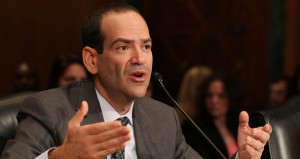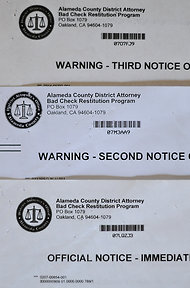 Jackie Esposito, of Guilford, Conn., got a letter that said her debt with JPMorgan Chase was canceling the amount she owed on a home equity account. While most people would be excited to get such a letter, Ms. Esposito was not. That is because Ms. Esposito had the debt legally wiped out three years ago through bankruptcy court.
Jackie Esposito, of Guilford, Conn., got a letter that said her debt with JPMorgan Chase was canceling the amount she owed on a home equity account. While most people would be excited to get such a letter, Ms. Esposito was not. That is because Ms. Esposito had the debt legally wiped out three years ago through bankruptcy court.
Questions:
1. What type of tax complications might this cause Ms. Esposito with the IRS?
2. Explain the questionable issue with the lien on the property. What is another name for a home equity loan?
3. Why don’t you think that Chase will modify Ms. Esposito’s first mortgage but forgive one that doesn’t exist?
4. How do you think that the government credits for banks play into this story? Brainstorm the possibilities.
Source:
Morgenson, G. (2012). How to Erase A Debt that Isn’t There. The New York Times, Sep. 29 (Retrievable online at http://www.nytimes.com/2012/09/30/business/when-banks-erase-a-debt-that-isnt-there.html?_r=0)

















